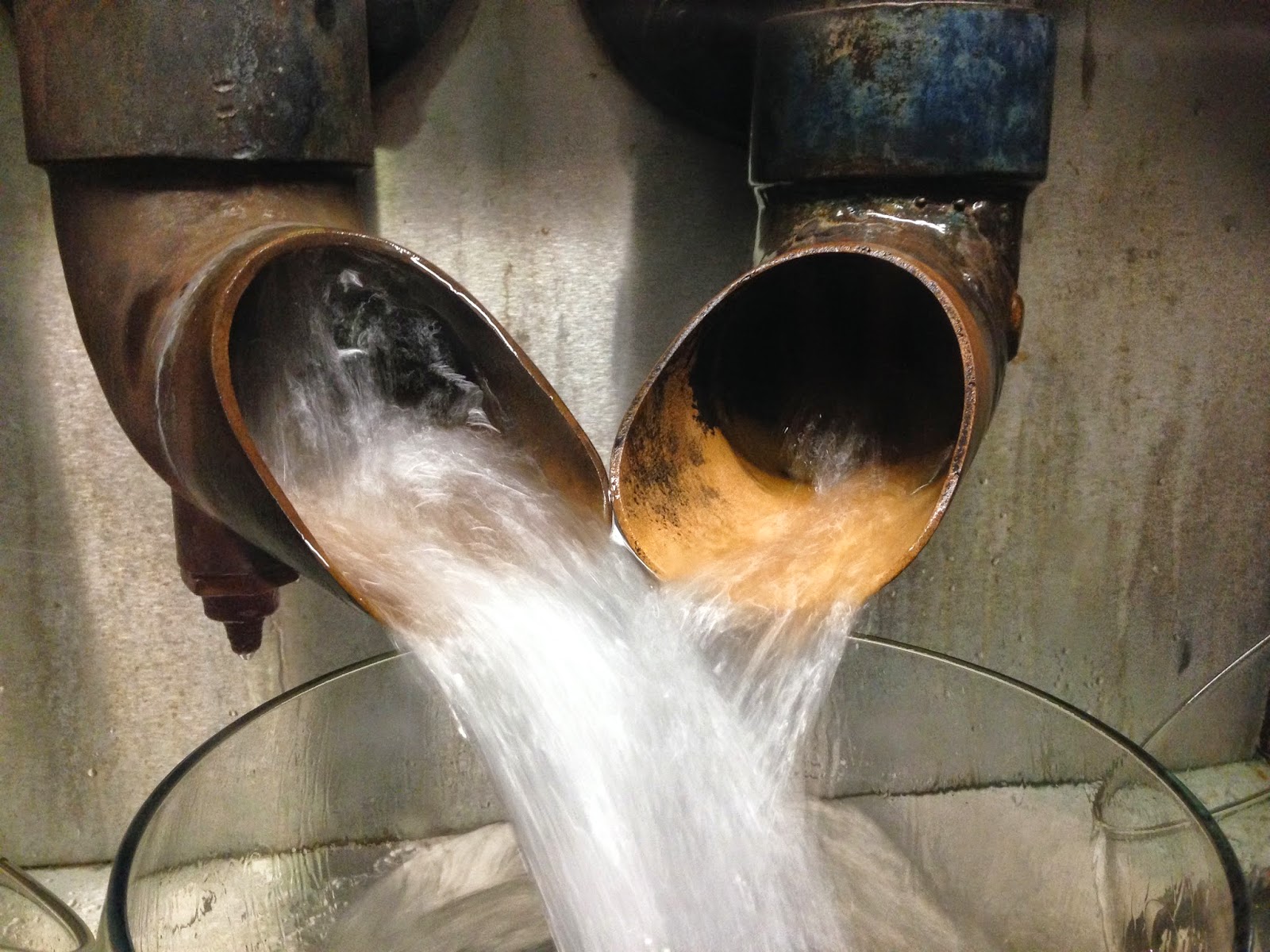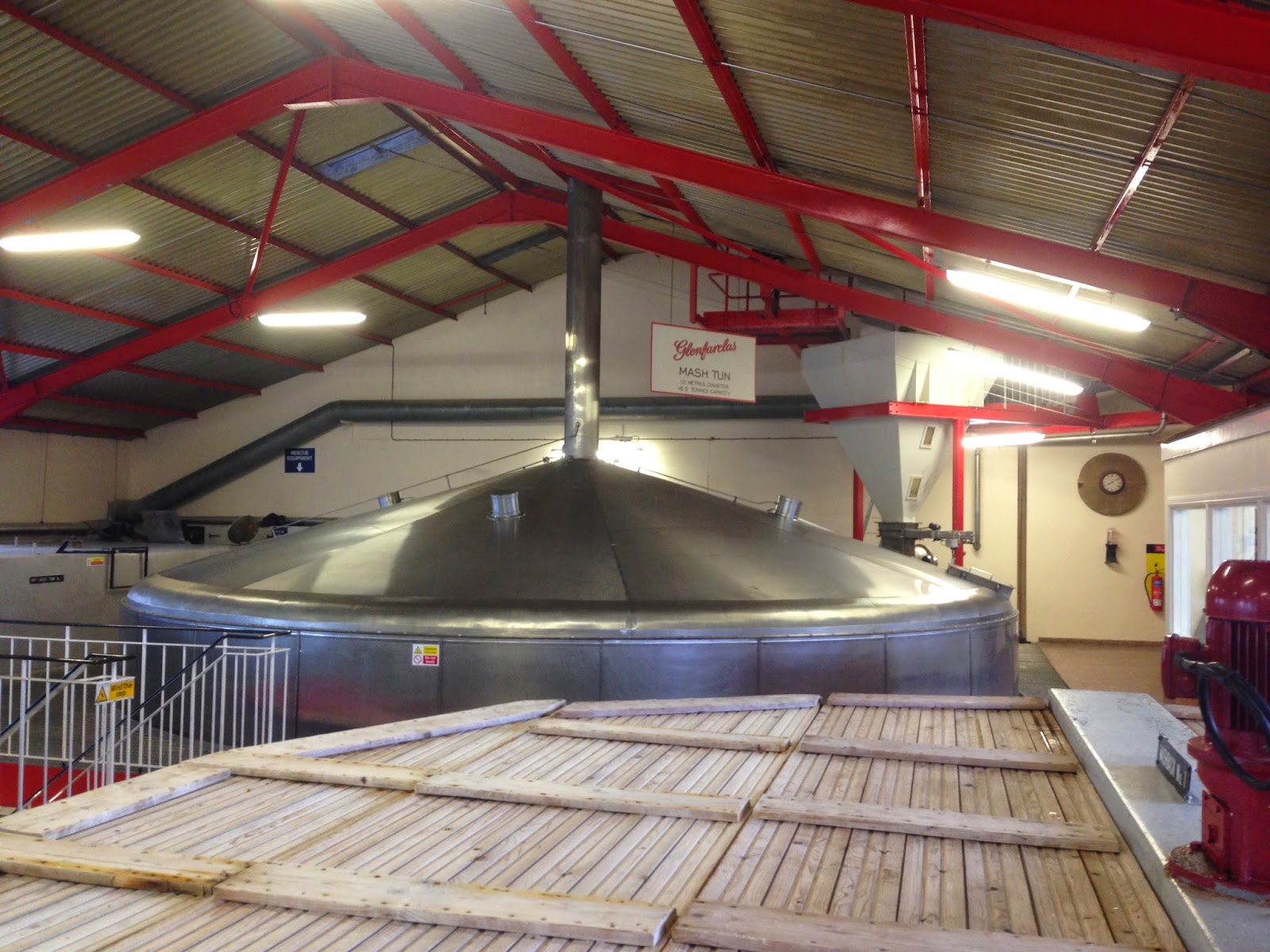It is now early-autumn in the Scottish Highlands. The barley that has ripened in the long summer days is being harvested. The roadsides are lined with purple Willowherb flowers and the migratory birds are contemplating the journey south. Farmer's fields are dotted with big rolls of hay in preparation for the bleak winter
Today marks 8 months since I landed in a snowy Scotland, full of optimism, seeking adventure and a fresh start.
When I was hired as a tour guide at Glenfarclas, the plan was that I would work for the summer, then finish around the end of September, when the cold scares off the tourists. Summer tour guides at distilleries are often students, so this arrangement suits them well.
I am not a student, although the last 8 months at Glenfarclas has been an incredible education in whisky production, whisky tasting, Scotland, people of the world and customer service. It feels like I've learned a lot about myself too.
As summer came towards an end, the nagging thoughts about what life would have in store for me next became more frequent. I had made no secret of my desire to find a more permanent role at Glenfarclas. The people in charge hinted that they would quite like to keep me on, but there didn't seem to be an obvious role available for me to move in to, and staff turnover is almost comically low. Every time the topic came up, the person I was speaking to seemed to sincerely hope someone else in the distillery would give me a job. I would cling on to comments made in passing, but it looked like there maybe just wasn't going to be a role for me.
Should I pack up and move on to the next town, like some whisky-drifter? Buy a motorbike and ride it around far-flung parts of the world until my savings run out? Go back to New Zealand and....ummmm....I'm not sure what?
My dilemma was resolved on Friday last week, when I was called to the office of George Grant, the Sales Manager at Glenfarclas, and the 6th in a succession of John and George Grants that have owned and run the distillery since 1865. George was sitting in his meeting room, and across the table from him was Donna, the universally-loved manager of the Glenfarclas Visitor Centre.
In past lives, I have been called into meetings like this. Two stone-faced managers, and me, wishing I could disappear into the fabric of the chair.
George invited me to sit down.
"So, it's September.....Any plans for what you will do at the end of the summer?"
He took a sip of tea from a mug with pictures of Landrovers on it.
"Well....I've been keeping an eye out........but, errr.....not really....."
"Good, because we'd like to offer you a permanent job here.....as manager of the Visitor Centre."
I glanced at Donna. She looked relaxed, with a hint of the wry smile that the Scottish have down to a fine art. Here was George, essentially offering me the job Donna had been doing extremely well for the last 15 years.
This summer at the Glenfarclas Visitor Centre has been one of the busiest anyone can remember. It has been great for me, but less so for Donna, who has been working some pretty long hours to hold the place together at a time when she would like to be spending more time with family.
So George and Donna hatched a plan, whereby she would become a part-time tour guide again, which she does extremely well, and I would become manager of the Visitor Centre, with Donna and her wealth of experience in support.
In addition to Donna, there are four other guides, who have become good friends and do a great job, so I'm starting in a very fortunate position.
As you can guess, I couldn't accept this offer fast enough. It looks like Scotland will be my home for the foreseeable future.
Naturally, I celebrated with a small glass of whisky.
 |
| "Ok, just one more dram, then I really must get back to work" |

















































